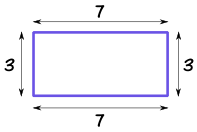This week, Year 4 have been learning about ‘perimeter.’
What is the perimeter?
The perimeter is the distance around the edge of a 2D shape.
Calculating the perimeter.
Children start to learn about perimeter in Year 4.
The age related expectations are that children can measure and calculate the perimeter of a rectilinear figure (including squares) in centimetres and metres.
We began by discussing various units of measure such as; millimetres, centimetres, metres, kilometers, miles and inches.
Using string to begin with, the class were asked to measure the length of each side of a shape by marking the string in the correct place. Next, the children carefully worked out the length of the string by measuring along a ruler. When all sides had been calculated, then they had to add these measurements up to find the perimeter.
7cm + 3cm + 7cm + 3cm = 20cm “I can use doubling to work out the answer.”
7 + 7 + 14 3 + 3 = 6 14 + 6 = 20

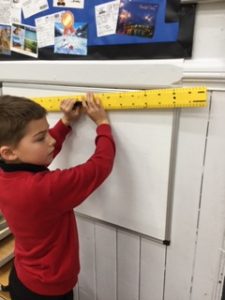
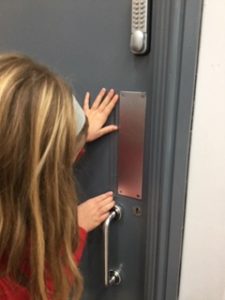
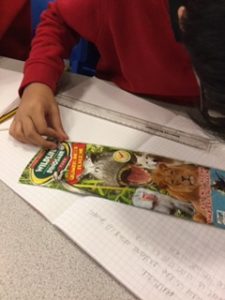
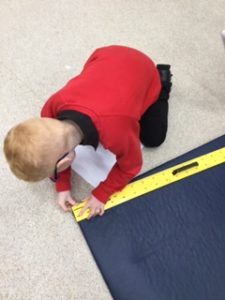
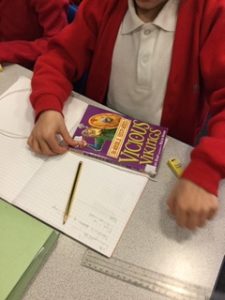
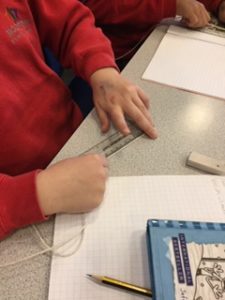
At this point, the children recognised that a rectangle has two long sides that are exactly the same length and two short sides that are exactly the same length, which means we only needed two measurements The class then thought about different ways they could work out the perimeter.
10 + 4 + 10 + 4 OR (10 x 2) + (4 x 2) OR (10 + 4) x 2
The perimeter of a shape is always calculated by adding up the length of each of the sides.
It was great to see some converting of measures happening without any prompting to do so.
“134 cm is the same as 1 metre and 34 cm,” commented Leo.
